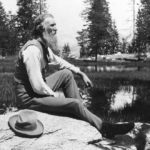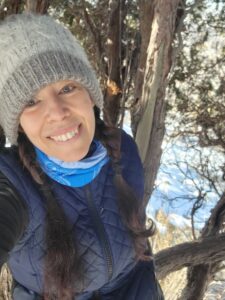
I love snow, and winter is my favorite season!
Okay that’s a lie. Anyone who knows me has heard me grumble more that once about a forecast for the frozen white stuff.
Every September I’m working those mindfulness skills double time; to be present; to stay tucked comfortably inside the warm hearth of autumn as it lights up the Wasatch range in all its fiery glory. This is because I know, despite a most stalwart determination, that at the first hint of frost I will be lured by those earliest of icy daggers down the dark hallway of pre-season dread.
For those of you who know, you know what I’m talking about!
Just say sNOOOOOOOw, and I am ready to pack my bag and head south. At least that’s what my imaginary self is doing.
As for the real me, I’m toughing it out in the foothills. Because even during these winter weather days I still find myself out there.
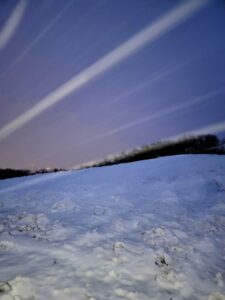
I often think back to my early childhood in Wyoming. Back to a time when winter did excite me. When I was very young, snowy days meant sledding, attempting to build snow men, making snow angels, and spending many magical hours immersed in a blanket of fallen stars.
Then, in my sixth year, my family moved to Las Vegas, Nevada. And I missed the snow! I even prayed for snow that first winter and to my own and everyone else’s surprise, this prayer was answered: just for a single day. But it was enough accumulation to build a snowman taller than myself and to make one seven year old girl very happy.
So what happened?
We moved to north central Montana the year I turned twelve. Maybe if my family had stayed in Wyoming, this move wouldn’t have seemed such a harsh transition. But after six years of living in near constant sun, where winter temperature might dip to a tepid 60 degrees in mid January, my family and I were ill prepared for extended August to April winters with near constant winds that often drove temperatures to well below freezing.

Needless to say, the two years I endured in that climate forever affected my love of winter and of snow.
Fast forward a handful of decades. Having moved once again from a lovely temperate climate along the west coast of Oregon to a seasonally cold Utah, I still am working on resurrecting that inner child who once looked forward to and enjoyed winter and snow.
Like I mentioned above, I usually make my way out to the hills or to the shores of Utah Lake, even in the heart of darkness (winter).
I may yearn for the golden, tank top days of spring and summer as I apply layer after layer of outer apparel. However, once I get myself out the door I am more often than not still surprised by wonder. I even find myself rekindling that sense of play that I worry might become diminished by the rigidity of age and an attitude that has trouble finding altitude during these cold months. Cold air goes down, not up after-all, so am I not just fighting a natural trend here?
Still, at the end of February, as we are standing on that seasonal threshold with one foot hasting into spring, I can look back on this past winter along the Wasatch front and upon the previous ones and say, snow and ice can be pretty fun! And also just plain pretty…even breathtakingly so.
And I think I might even miss it the tiniest bit this year. Though I am not sure I will remember this once I am enveloped in the joyous robe of riotous spring. But then again, just maybe I will..

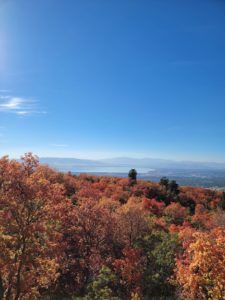
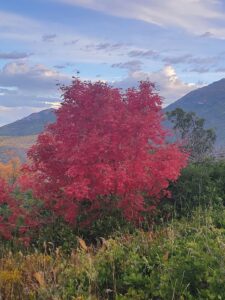
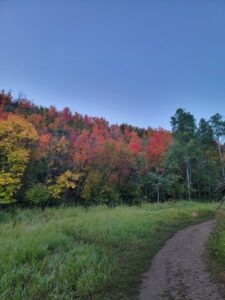
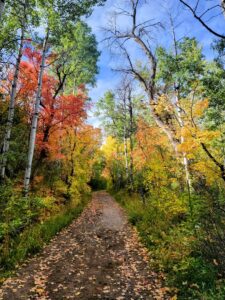
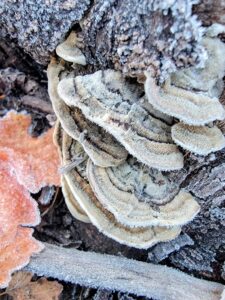
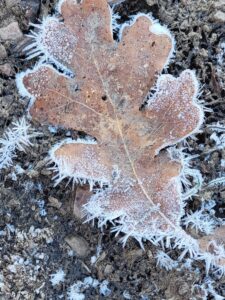
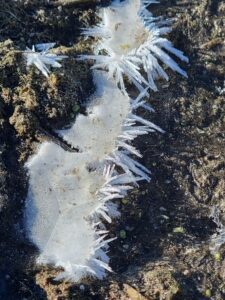
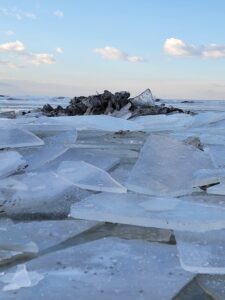
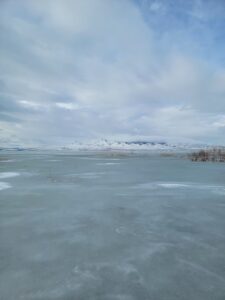
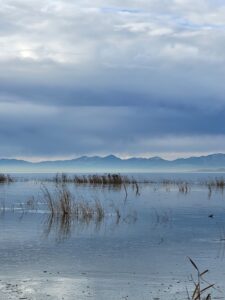
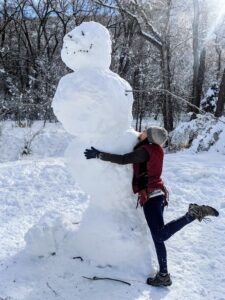
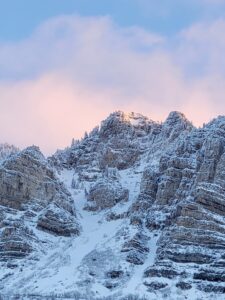
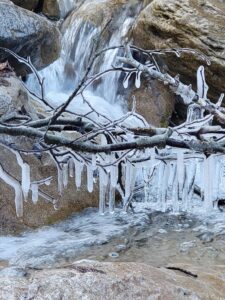
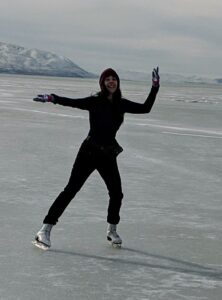
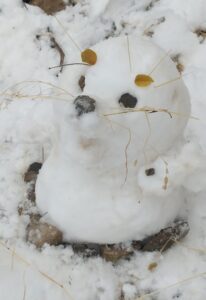
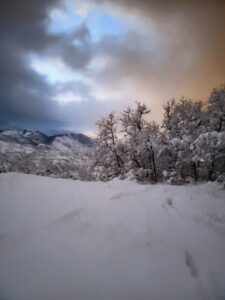
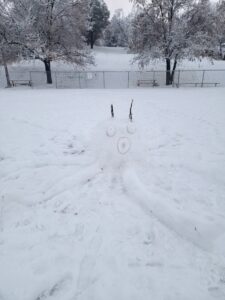
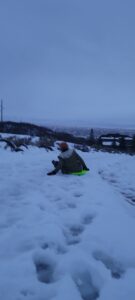
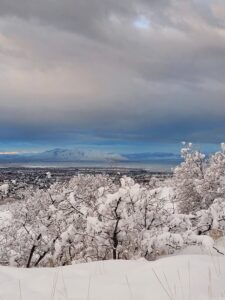
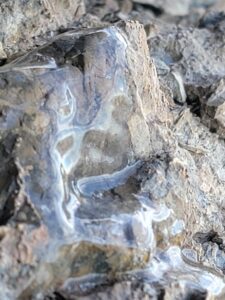
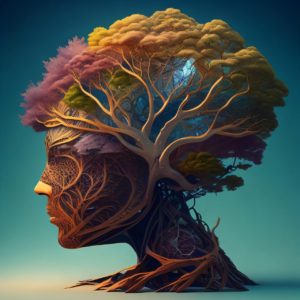

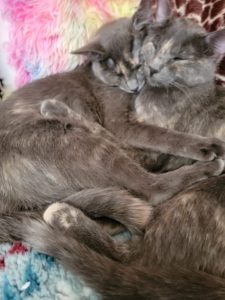
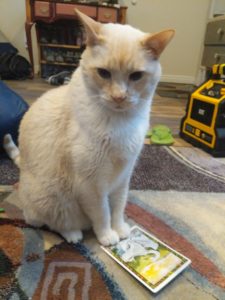
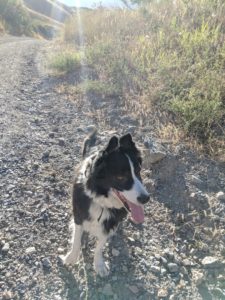
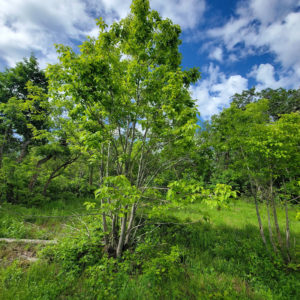
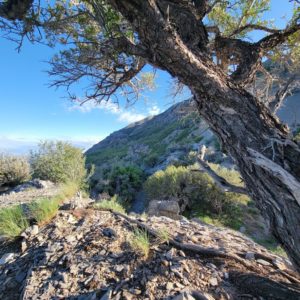
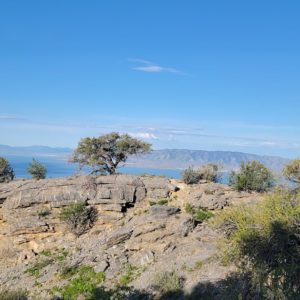

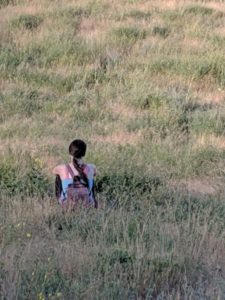
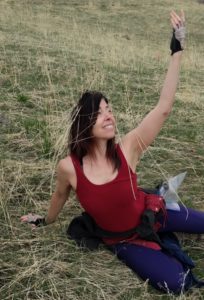
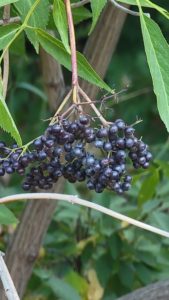
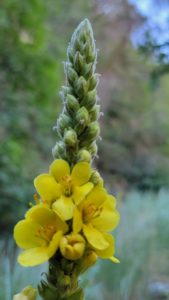
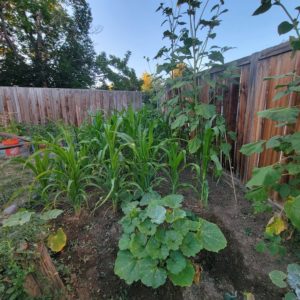
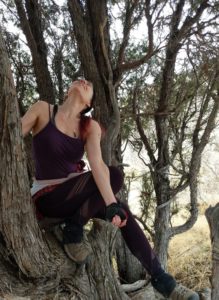
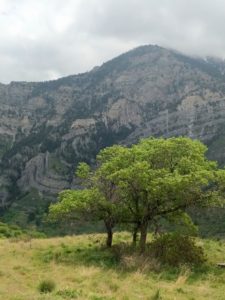
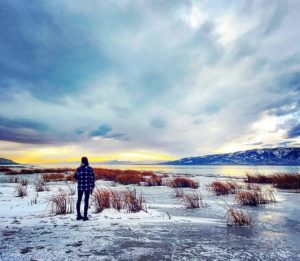
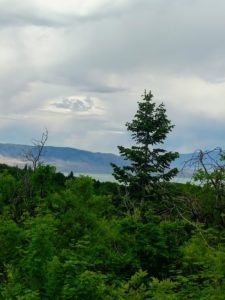

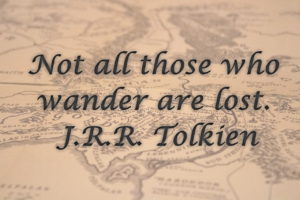 I sometimes like to turn this oft quoted phrase a bit to say “Lost not are those who wander”.
I sometimes like to turn this oft quoted phrase a bit to say “Lost not are those who wander”.